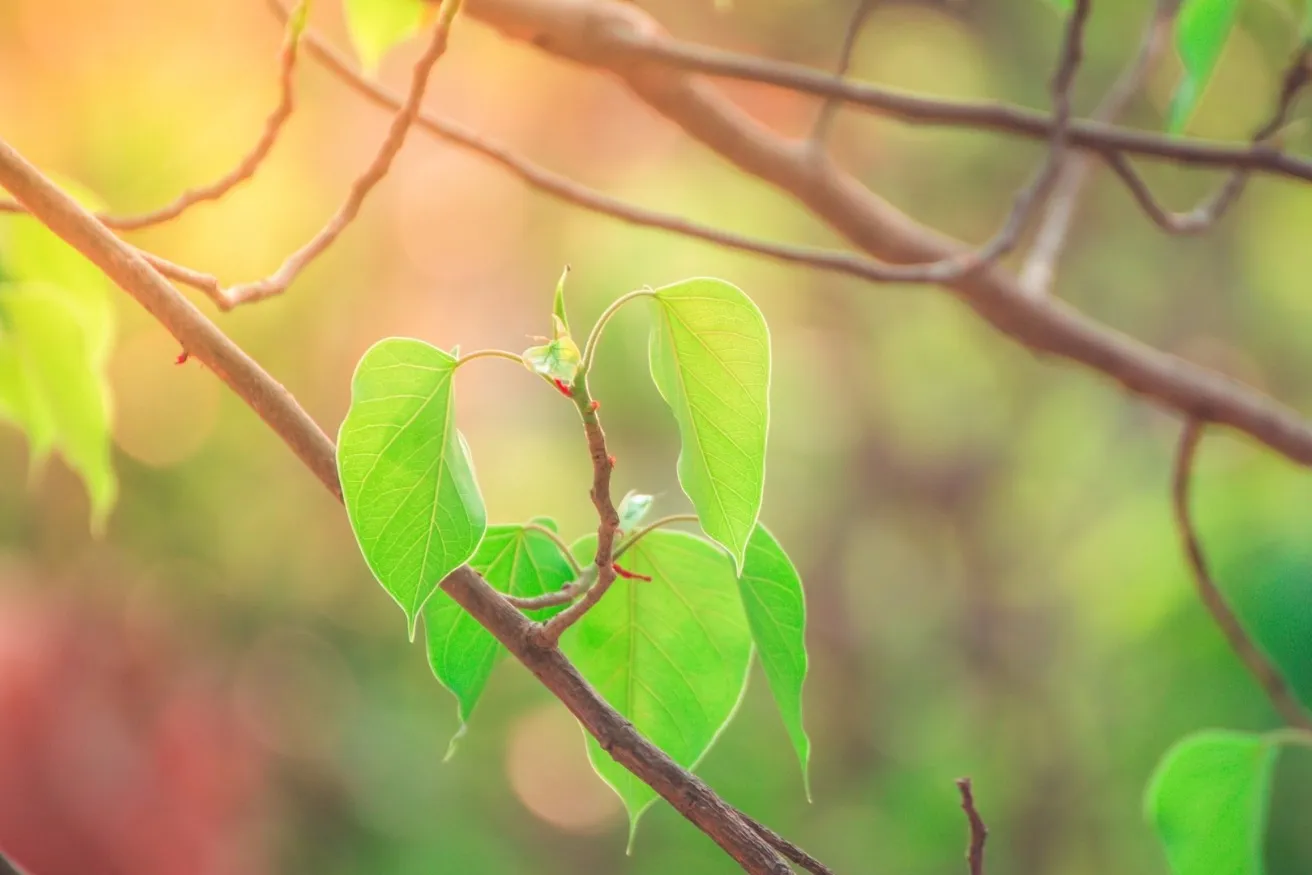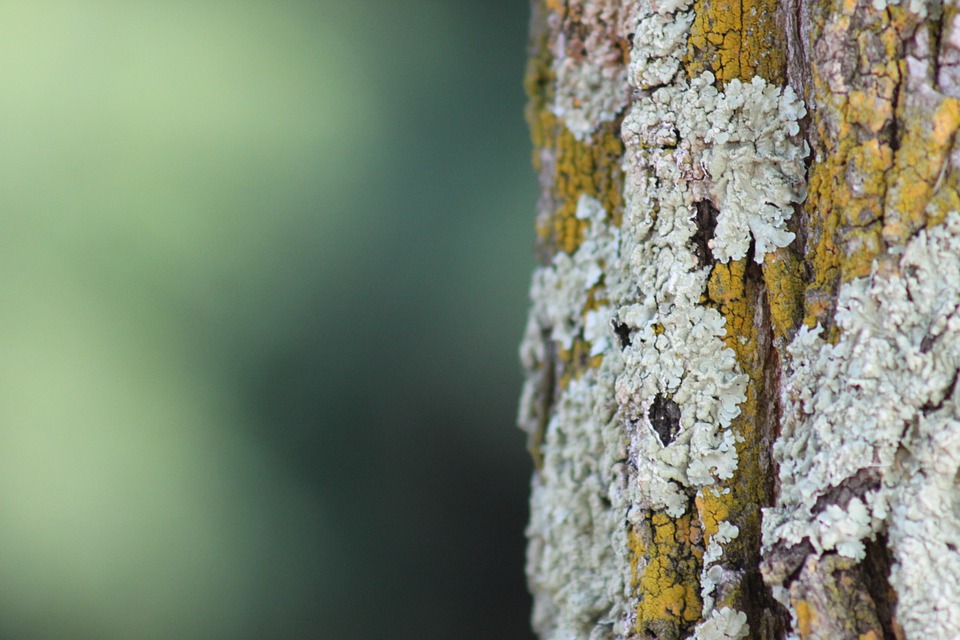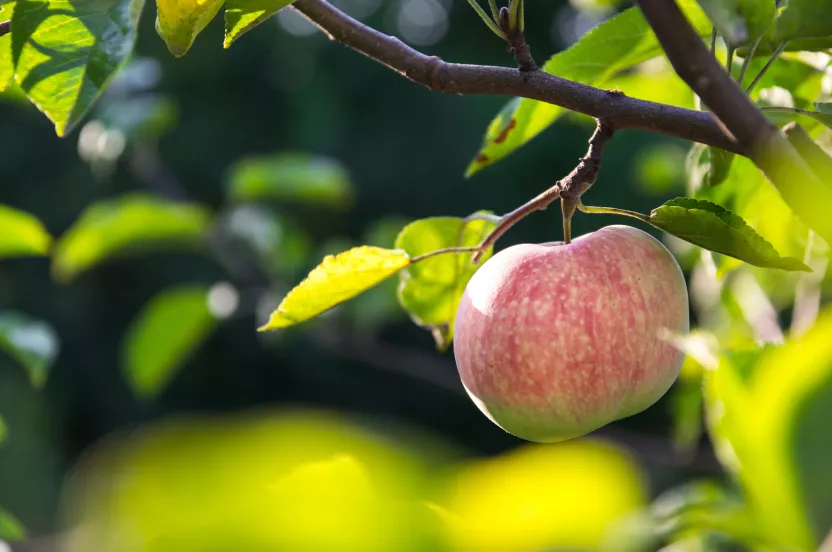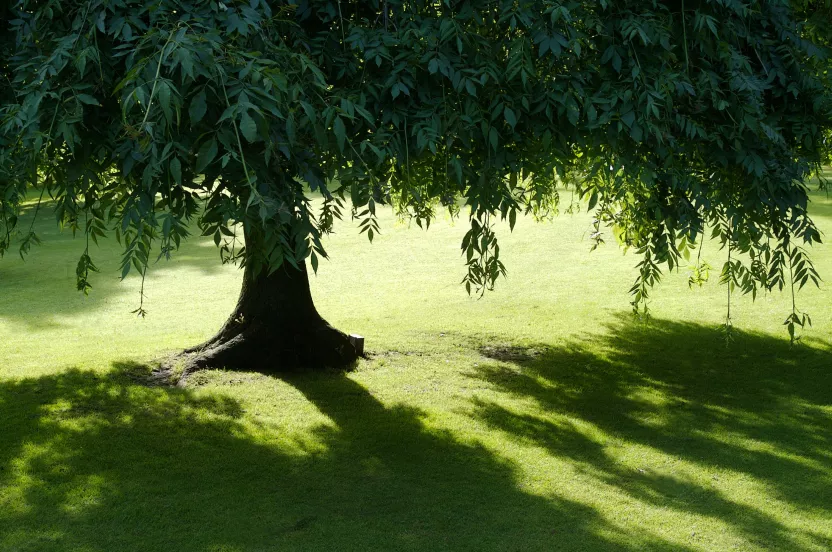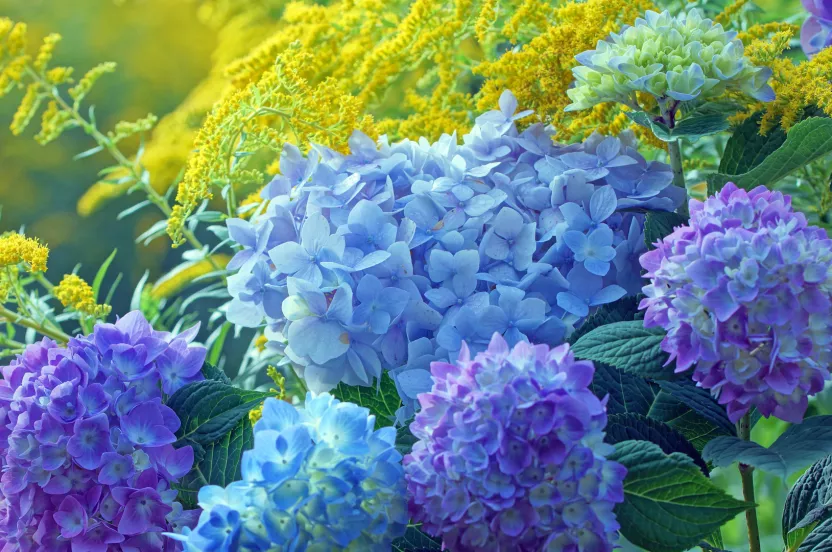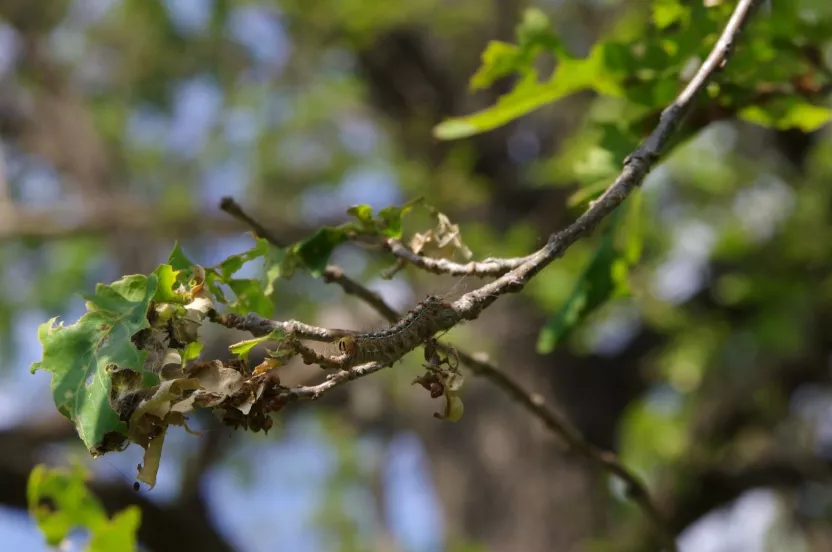The Arbor Day Foundation is pledging 10 million trees to areas impacted by hurricanes Helene, Milton Help us replant
Guest post by Ryan Bridges of Cascade Tree Works.
Plant diseases can cause a loss in yield of the crop or damage to the aesthetics of the plant itself. To make matters worse, these issues can also weaken the integrity of a tree. In this instance, hazardous situations may occur in which property damage or even serious bodily injury could result from falling branches or even the toppling of the tree itself. In order to avoid such hazards, it is important that you are able to recognize the telltale signs of common tree diseases so that you may take the necessary actions to remedy the issues.
Disease outbreaks are often seasonal, regional, and species specific. The following list are some tree ailments that you may encounter, but infestations and disease will vary from location to location.
Anthracnose
Anthracnose is one of the leading plant diseases in trees and shrubs. This condition stems from a fungus that attacks the leaves, twigs, flowers, and fruits of several different species. It is commonly found throughout North America, with sycamore and flowering dogwood being the most heavily impacted species.
The symptoms of this condition vary by the pathogen as well as the host species. Nonetheless, some of the common indicators include premature leaf defoliation and twig blight that presents as witch’s broom – a deformity that causes shoots to densely grow in one spot.
Fungicide applied at bud opening or injected systemically should remedy the condition in sycamores. For dogwood, on the other hand, application should begin at bud break and continue throughout the growing season.
Apple Scab
Apple scab is a leaf disease that occurs in the early season and affects crabapples. Some cultivars are more resistant to the disease than others. With this condition, you’ll notice scab-like lesions forming on the leaves of the plant. Eventually, the lesions will cause premature defoliation.
While this disease is mainly aesthetic, homeowners in particular will likely find apple scab objectionable. The issue can be effectively managed by applying fungicidal agents containing ingredients like fenarimol at bud break.
Cedar Rusts
Cedar rusts are foliar diseases that attack rosaceous plants, including hawthorn and crabapple. As with apple scab, some species are more susceptible to the condition than others. This disease causes orange or rust-colored spots of the leaves of hawthorn and crabapple trees in the spring. Twig cankers may also form and cause dieback.
In deciduous hosts, the disease can be managed with the application of fungicide at bud break. Also, select a fungicide that contains triadimefon as an active ingredient.
Diplodia Tip Blight
Diplodia is a common disease that attacks various types of pines, such as the Austrian pine. It generally develops at the base of the tree and moves upward and causes dead shoots with half elongated needles. Black fruiting structures are also typically apparent between needles and on the cones.
Sanitation and pruning along with the application of fungicide at bud swell is an effective treatment. Fungicides used for treatment should contain thiophanate-methyl.
Dothistroma Needle Blight
Needle blight is a fungal disease in pines that causes premature defoliation in mature trees and stunts the growth of young trees. In North America, the disease affects as many as 35 pine species. Symptoms of the condition include yellow or tan bands on needles, followed by needle dieback.
To manage the condition, you should apply fungicide containing copper hydroxide and mancozeb at bud break.
Read 5 Signs Your Tree has ALB
Lethal Yellow
Lethal yellowing is a disease that impacts the palms of Florida and Texas – particularly the Canary Island date palm and coconut palm. It is cause by a bacteria-like organism known as phytoplasma, which is transported by a plant hopper insect. The condition typically involves flower death, premature fruit dropping, and yellowing of the foliage.
The condition can typically be treated effectively with an antibiotic injected into the trunk. The active ingredient in this injection is oxytetracycline hydrochloride.
Oak Wilt
A systemic fungal disease, oak wilt results in tree death. The disease affects more than twenty species throughout Minnesota, Pennsylvania, South Carolina, Texas, and New York. Symptoms include leaf wilt, rapid discoloration, and premature defoliation, as well as vascular discoloration.
Trees in the white oak family can be treated; however, red oaks cannot. To prevent the condition, inject trees with systemic fungicide during the growing season.
Powdery Mildew
Powdery mildew is a condition caused by fungal pathogens that grow superficially on the surface of the plant and produce white fungal threads and spores. Leaf, flower, and short distortion occur when the fungus attacks young tissue. As the infection increases, tissue becomes dried and brown.
To prevent the condition, select tree varieties resistant to the pathogen. As with many other conditions, fungicide can also be applied when symptoms first become apparent.
Photinia Leaf Spot
Photinia leaf spot mainly affects tree species in the South. It is common in species such as red tip photinia, Indian hawthorn, loquat, and some pear cultivars. The infection begins as small, circular, dark red spots on the leaves, stems, and fruit. The spots expand and become large blotches with gray centers as the condition progresses.
It is important to purchase disease-free plants and sanitize effectively. Likewise, fungicide may be applied at bud break.
Thousand Canker Disease
Thousand canker disease is a condition that affects walnuts and is found mainly in the Western United States, but recently, black walnuts in Tennessee have also become infected. The condition is spread by infected twig beetles and forms small cankers around the galleries. A tree may be infested for several years before showing signs of disease; however, the foliage in the upper branches of declining trees typically wilt and become yellow.
There are currently no chemical management options for thousand canker disease. Once a tree begins to show decline, it typically dies within several years.
Dutch Elm Disease
Dutch elm disease is a fungal disease that affects elm trees. It has killed tens of millions of elms across the U.S. Bark beetles carry the fungus from infected trees to healthy trees as they feed on twigs and upper branches. It can also spread from tree-to-tree through root grafts. Dutch elm disease is most easily detected in the early summer when leaves on the upper branch start yellowing and curl, followed by wilting and browning. The symptoms spread to nearby branches and then to the whole part of the tree.
Symptoms of the disease can be confused with other canker and wilt pathogens of elm. To positively identify Dutch elm disease, a lab test must be completed. There is currently no cure for the disease, but there are fungicide injection treatments that can prolong tree life. Untreated trees die within a few years of being infected.
Understanding and recognizing the most common tree diseases will help you apply treatment as quickly and effectively as possible. In many cases, this means a matter of maintaining not just the aesthetics of the tree, but also preventing damage to the surrounding structures and injuries to anyone living in proximity to diseased trees in danger of falling.
Ryan Bridges is a contributing writer and media specialist for Cascade Tree Works. He regularly produces content for a variety of home improvement and outdoor blogs, based around the transitional challenges that come with managing home and outdoor services.

